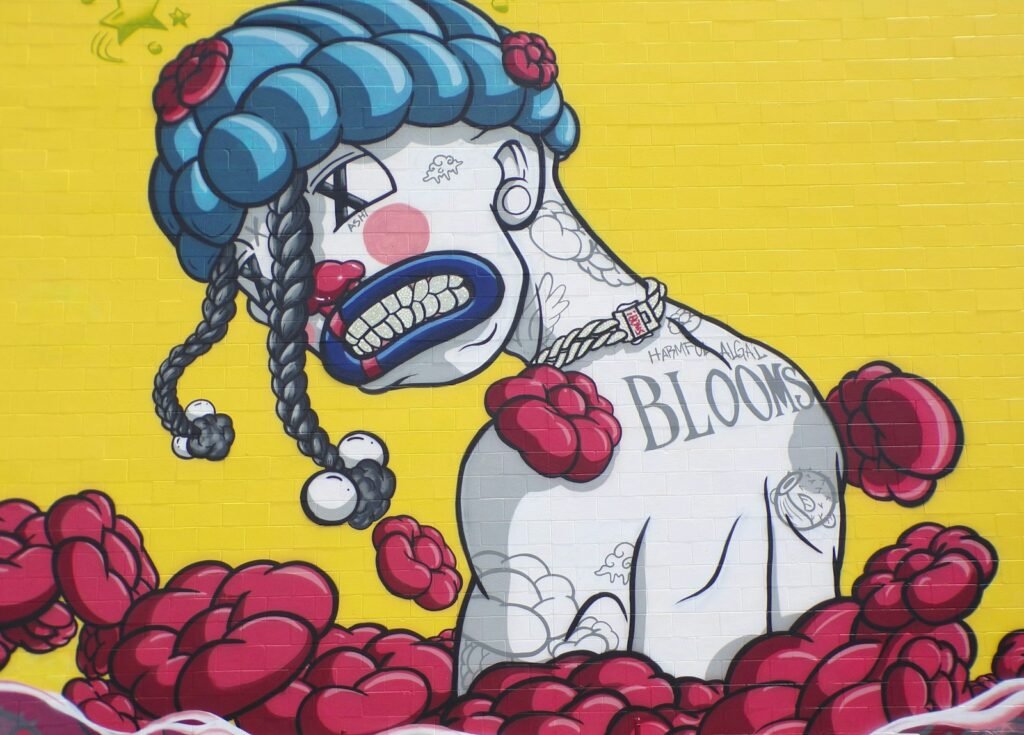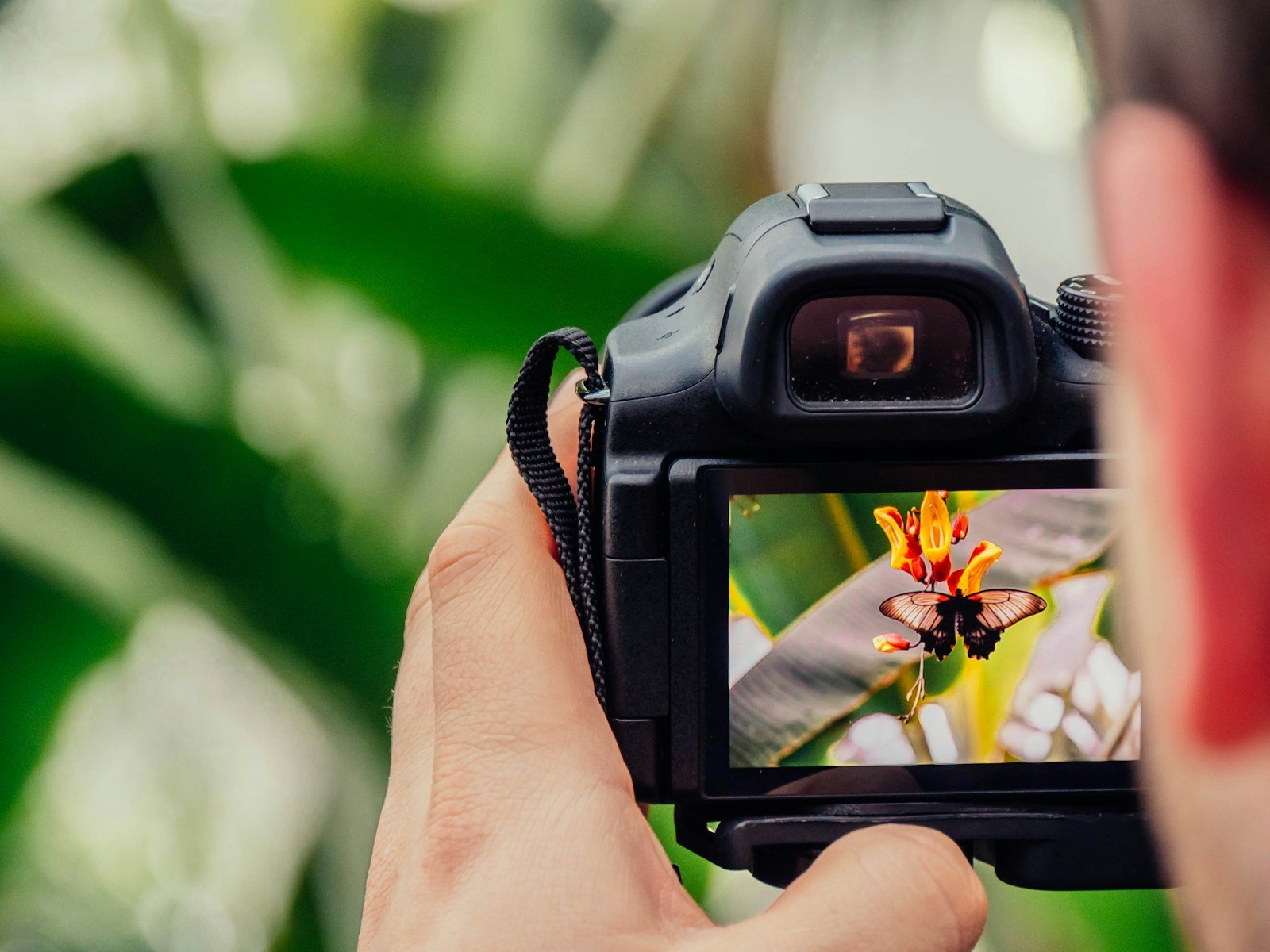Graphic designers often wonder how to use photos and drawings without getting into trouble. Did you know proper image use can make your design stand out while keeping things fair for everyone? Our blog post will show you ways to pick the right visuals and stay honest in your designs.
Keep reading – it’s simpler than you think!
Key Takeaways
- Always get permission to use photos and drawings in your designs. This respects the artist’s rights and avoids legal trouble.
- Be honest when you use other people’s images. Give credit to creators, avoid copying, and make original work.
- Choose images that show all kinds of people fairly. Avoid stereotypes and respect different cultures in your designs.
- Keep learning about rules for using pictures right. Stay up-to-date on copyright laws and what is fair use.
- Think about who will see your design. Make sure it sends the right message to that group of people without offending anyone.
Ethical Considerations in Graphic Design
Considerations like copyright and fair use, plagiarism and attribution, as well as inclusivity and diversity are crucial in ensuring ethical graphic design practices. Violating these considerations can have legal and social implications for designers.
Copyright and Fair Use
Copyright laws protect photographers and artists. They make sure no one uses their work without permission. Fair use lets you use small parts of protected work for education, news or criticism.
You must consider how much you use and the effect on the original work’s value.
Be careful with images in your designs. Always check if an image is okay to use or if it needs a license. Talk to the owner if you’re not sure about using their photo or drawing. Now, think about plagiarism and attribution as well as why they matter in graphic design.
Plagiarism and Attribution
Transitioning from understanding copyright and fair use, it’s crucial for graphic designers to be aware of the ethical considerations related to plagiarism and attribution when using photography and illustration.
Maintaining the authenticity of your work is essential in promoting credibility within the design community. When incorporating photography or illustration, always ensure proper attribution to the original creators.
This aligns with ethical design practices and upholds the integrity of visual representation.
Avoid misleading visuals through accurate attribution and honest communication in your designs. Upholding honesty reflects on a designer’s professionalism, contributing to maintaining credibility in the industry.
Inclusivity and Diversity
Transitioning from considering plagiarism and attribution, graphic designers must also prioritize inclusivity and diversity in their use of photography and illustration. This involves selecting images that represent a variety of cultures, ethnicities, abilities, genders, and ages to ensure representation for all.
By embracing diversity in visual content creation, designers contribute to more inclusive and relatable design solutions. Embracing inclusive visuals not only broadens the appeal of designs but also promotes social awareness and cultural sensitivity within the creative industry.
Furthermore, by actively seeking out diverse sources for photography and illustration, designers can challenge stereotypes and offer a fresh perspective on traditional norms. Intentionally incorporating diversity in visual communication fosters an environment of respect while addressing unequal representations in media.
Using Photography Effectively in Graphic Design
Choosing appropriate and original images is essential in graphic design. It’s also important to avoid cultural appropriation and obtain proper permissions when using photography in designs.
Choosing appropriate and original images
Selecting the right images is crucial in maintaining ethical standards.
- Use reputable sources for obtaining images to ensure authenticity and credibility in your design.
- Consider the context and message of your project when choosing images to convey the intended meaning effectively.
- Obtain proper permissions for any images that require licensing to avoid copyright infringement and legal issues.
- Ensure that the selected images align with the values of inclusivity and diversity, respecting cultural differences and avoiding stereotypes.
- Create or commission original photography when necessary to provide unique visual content for your designs.
- Evaluate the impact of chosen images on the target audience, considering their potential societal and cultural implications.
Avoiding cultural appropriation
When using photography and illustration in graphic design, it’s essential to avoid cultural appropriation. This means being mindful of the cultural significance of the images and illustrations used in your design work.
As a graphic designer, it’s crucial to respect the cultural origins of artistic elements and avoid appropriating them without proper understanding or permission. Instead, seek out diverse and authentic sources for your imagery to ensure you are representing cultures respectfully and accurately.
Furthermore, ensuring that the photography and illustration used in graphic design appropriately represent various cultures is vital for promoting inclusivity and diversity. By respecting different cultural perspectives through visual storytelling, designers can contribute to a more inclusive and respectful creative landscape within their work.
Obtaining proper permissions
When using photography in graphic design, obtaining proper permissions is crucial to uphold ethical standards and avoid copyright infringement.
- Seek permission directly from the photographer or copyright holder before using any images in your designs.
- Clearly define the scope of use and duration of rights needed when requesting permission.
- Obtain written documentation or a licensing agreement to ensure legal authorization for image usage.
- Respect any restrictions or conditions set by the copyright holder, such as crediting the photographer or specifying where the image will be used.
- Be aware of fair use guidelines and seek legal advice if unsure about the legality of using specific photographs in your designs.

Using Illustration Effectively in Graphic Design
Creating original illustrations that avoid stereotypes and harmful depictions is crucial in ethical graphic design, making sure to prioritize authenticity and responsibility. If you want to learn more about the importance of using photography and illustration effectively and ethically in graphic design, keep reading!
Creating original illustrations
To create original illustrations in graphic design, consider the following important factors:
- Utilize your unique artistic style and creativity to develop original and distinctive illustrations that stand out.
- Ensure that your illustrations are free from stereotypes and harmful depictions to promote inclusivity and diversity in your designs.
- Respect copyright laws by not replicating or modifying existing illustrations without proper permissions or licenses.
- Use illustrations that accurately represent the message or concept you aim to communicate, maintaining authenticity in visual storytelling.
- Strive for honesty and transparency in your designs, avoiding deceptive tactics or misleading visuals.
- Stay informed about ethical issues in the industry, such as plagiarism and propaganda, to ensure the integrity of your illustrations.
- Avoiding stereotypes and harmful depictions
Avoiding stereotypes and harmful depictions
When using illustration in graphic design, it is crucial to avoid perpetuating stereotypes and harmful depictions. Graphic designers need to create original illustrations that do not reinforce negative cultural or social stigmas.
By prioritizing authenticity and diversity in their visual storytelling, designers can contribute to a more inclusive and respectful representation of people and cultures in their work.
Ethical graphic design demands an awareness of the impact of visuals on societal perceptions. Designers should strive to challenge stereotypes through their illustrations, aiming for genuine and diverse representations that reflect the richness of human experiences.
This commitment ensures that graphic design contributes positively to a more inclusive visual landscape, resonating with audiences on a deeper level while upholding ethical standards.
Balancing Creativity and Responsibility in Graphic Design
Graphic designers must be mindful of the societal and cultural impact of their work, considering the target audience and staying informed about ethical issues in the industry. To learn more about using photography and illustration effectively and ethically in graphic design, keep reading!
Being aware of societal and cultural impact
Consider the societal and cultural impact of your visual creations. Embrace diversity, inclusivity, and sensitivity to avoid potential harm. Ensure that your designs resonate with a wide audience by acknowledging different cultural perspectives and experiences.
Strive to create visuals that celebrate diversity and promote positive social messages. Keep in mind the power of imagery in shaping perceptions and strive for designs that uplift and inspire.
By being sensitive to cultural nuances, you can create meaningful visuals that connect with diverse audiences while respecting their backgrounds.
Find a balance between creativity and responsibility as you craft visually impactful designs. Engage with ethical considerations within your design process, ensuring that each visual element contributes positively to the overall message you aim to convey.
Honoring these principles will elevate your work, making it not only visually compelling but also culturally relevant.
Considering the target audience
Design with the audience in mind to ensure your visual message resonates effectively. Tailoring photography and illustration to the preferences and cultural nuances of your target demographic is crucial for impactful graphic design.
Understanding your audience’s values, interests, and diverse perspectives will guide ethical choices in image selection and creation.
Staying informed about ethical issues in the industry
Remaining knowledgeable about ethical issues in the industry is crucial for graphic designers. It’s essential to stay updated on copyright laws, fair use guidelines, and any recent developments in design ethics.
Being aware of current debates and discussions regarding inclusivity, diversity, and authenticity will help you make informed decisions when using photography and illustration in your designs.
Continuously educating yourself on ethical standards and best practices ensures that your work maintains credibility while engaging with visual media.
Keeping abreast of industry trends around ethical considerations is vital for maintaining the integrity of your work. Engaging with resources that discuss responsible image use, authentic representation, and the impact of visual communication will help you navigate the complexities of using photography and illustration effectively in graphic design.
Conclusion
In conclusion, ethical graphic design requires careful consideration of copyright, originality, and diversity. Graphic designers must balance creativity with responsibility by staying informed about industry ethical issues and considering the target audience.
The use of photography and illustration in graphic design can enhance communication impact when used ethically and effectively. Upholding honesty, transparency, and credibility is crucial to maintaining the integrity of visual messages in graphic design.
It’s essential for designers to practice authentic visual storytelling while respecting ethical standards in using photography and illustration.
FAQs
1. Why is it important to use photography and illustration ethically in graphic design?
It’s important for honesty and credibility in visual communication. Graphic designers have responsibilities to follow copyright laws, respect digital art rights, and keep the authenticity of images.
2. What should a graphic designer consider when using someone else’s photograph or illustration?
When using another person’s work, graphic designers must get permission following copyright laws in graphic design. They also need to give credit if required.
3. How can manipulating images affect the message being communicated through a design?
Manipulating images can change the meaning and might lead to dishonesty in visual communication. Designers should maintain truthfulness to ensure the design keeps its integrity.
4. Can illustrations be used instead of photographs in graphic design?
Yes! Creative illustrations can often be used as an alternative or along with photography to create unique designs while still delivering clear messages about the brand or idea.
5. Are there ethical ways for photographers and illustrators to share their work with designers?
Photographers and illustrators can license their work under specific terms that allow others to use their creations ethically while protecting their rights within photography ethics and design aesthetics.

Leave a Reply